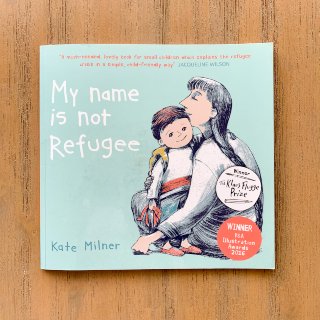The Peace Book
Free lesson plan, writing template and printable word-search for kids
Best suited to:
K – Year 2
KLAs covered:
English (abstract nouns), PDH
Learning:
- what is peace?
- what does peace look like/feel like/sound like in your life?
- what does peace mean to you?
- how can we help create peace in our lives?
Need to know:
- a very simple text with simple, colourful illustrations;
- great for prompting children to start thinking about peace, possibly for the first time;
- children learn that peace is something we need in our world;
Discussion Questions (before reading):
- what do you think this book might be about?
- what does the word ‘peace’ mean?
- as a class, brainstorm any words related to peace that the children know and write on the whiteboard;
While reading:
- every few pages, ask students how many of them like doing the action on that page;
- when possible, ask students to practice the action described on the page (eg read Peace is saying you’re sorry when you hurt someone then ask students to turn to a partner and say ‘I’m sorry’; read Peace is thinking about someone you love then ask students to close their eyes for 10 seconds and think about someone special in their lives);
Discussion Questions (after reading):
- after reading this book, what do you think peace means?
- if we act peacefully in our lives, we can help create peace in our world. What does it mean to act peacefully? (refer back to students’ ideas from pre-reading brainstorm);
- peace is a feeling of calm and safety. Peace is being kind and helpful to yourself, others, and your community. What are some other things you can do to be peaceful? What can you do to be peaceful at school? At home? With your friends? With your family?
- when do you feel peaceful/at peace?
- do you know someone you would describe as a peaceful person? What do they do or say that makes you describe them as a peaceful person?
- Summarise by asking children to Peace feels like …
Activities
- children write about what peace means to them, using the words: Peace looks like … Peace sounds like … Peace smells like … Peace tastes like …
- each child creates a new page for the book. They draw a picture of themselves doing something peaceful and describe their picture by completing and writing the sentence: Peace is… Completed pages can be assembled into a class book or displayed in the room;
- ask children to think about one of their favourite peaceful things to do. Children turn to a partner and talk for one minute about their peaceful thing to do. Allow both partners time to share. Ask students what it feels like to share their peaceful thoughts with a classmate;
- children draw their favourite illustration from the book and write the Peace is … sentence which goes with it;
- children write an acrostic poem using the word PEACE;
Poetry Activity: Year 2 (requires purchase of Poetry Writing Pack – coming soon!)
This can be done individually or in pairs. Children use mini whiteboards or paper for brainstorming.
Show children the exemplar poem contained in the poetry pack and discuss its features:
- tell children they will be writing their own poem in the same format, using their own ideas about peace;
- children brainstorm how peace feels, looks, tastes, smells and sounds to them;
- children brainstorm colours they associate with peace;
- children brainstorm some things they think about when they think of peace (hearts, cuddles, a warm bed, swimming in a cool water on a hot day, etc);
- children brainstorm where they feel peace ‘lives’ (in our hearts, in quiet moments with our mums or dads, at grandma’s house, etc);
- children write a poem about peace using the ideas they have recorded and the template included in the poetry pack;
Your free, printable word-search and writing template
This free, printable word-search for kids is great for building and reinforcing the vocabulary used when discussing The Peace Book. It’s especially helpful for EAL/D students.
Download and print your free writing template for use with the picture book The Peace Book here (PDF).






